New report says Huawei is not as close to challenging U.S. chip designers as it claimed
Huawei's foldable MateBook computer does not feature a 5nm application processor as first believed.

Last month there seemed to be some excitement surrounding Huawei as its Mate Book Fold laptop was reportedly powered by a 5nm Kirin X90 processor. Huawei and the foundry it uses these days, China's SMIC, aren't allowed to obtain Extreme Ultraviolet (EUV) lithography machines thanks to U.S. and Dutch sanctions. These machines are used to print extremely thin circuitry patterns on the silicon wafers that chips are built on top of.
EUV lithography is needed to produce chips using a 5nm process node and lower. Originally, it was thought that Huawei and SMIC were able to build 5nm chips by using older Deep Ultraviolet (DUV) lithography machines that are not covered by sanctions. By using multiple impressions with a DUV machine, SMIC tries to print features at a size smaller than they would come out at with a single DUV impression. The problem is that this technique is incredibly difficult to pull off resulting in low yields which hike the price of the components produced this way.
As it turns out, the Kirin X90 wasn't built using a 5nm SMIC process node (N+3) after all. New reports say that the Kirin X90 was produced using SMIC's 7nm process node (N+2) after all. That is the same process node used by SMIC to build the 7nm Kirin 9020 application processor (AP) which debuted on last year's Mate 70 series smartphones.
This new information certainly makes comments made recently by Huwaei CEO Ren Zhengfei look suspect. Talking to state-run People's Daily, the executive said, "Our single chip is still behind the U.S. by a generation. We use mathematics to supplement physics, non-Moore's law to supplement Moore's law, and cluster computing to supplement single chips, and the results can also achieve practical conditions. Software is not a bottleneck for us."
If the Kirin X90 is made using a 7nm node and not a 5nm node as first believed, Huawei and SMIC would be two generations behind the U.S. right now. Next year, when we see Apple's iPhone 18 line powered by 2nm APs designed by Apple, that would extend the advantage over Huawei by another generation. The only thing that will help Huawei is an EUV alternative and while there are always rumors that Huawei is working on such a thing, for now, the company has a large gap that it can't seem to close.
Follow us on Google News

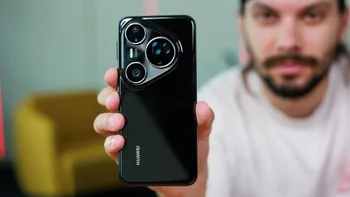

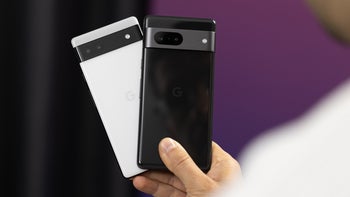
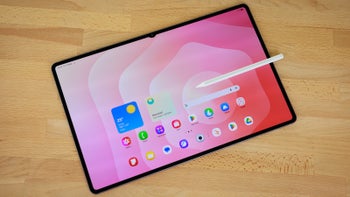



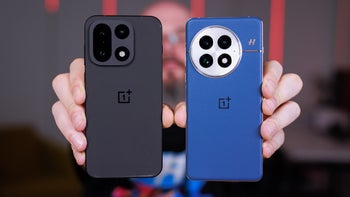
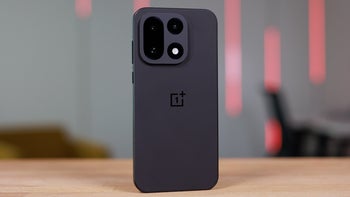

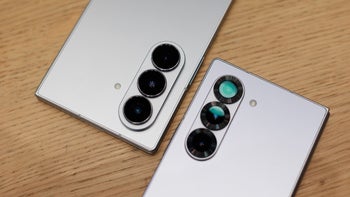
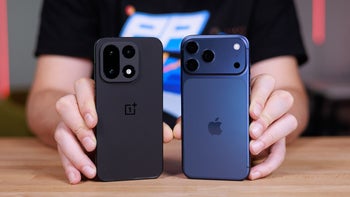
Things that are NOT allowed:
To help keep our community safe and free from spam, we apply temporary limits to newly created accounts: